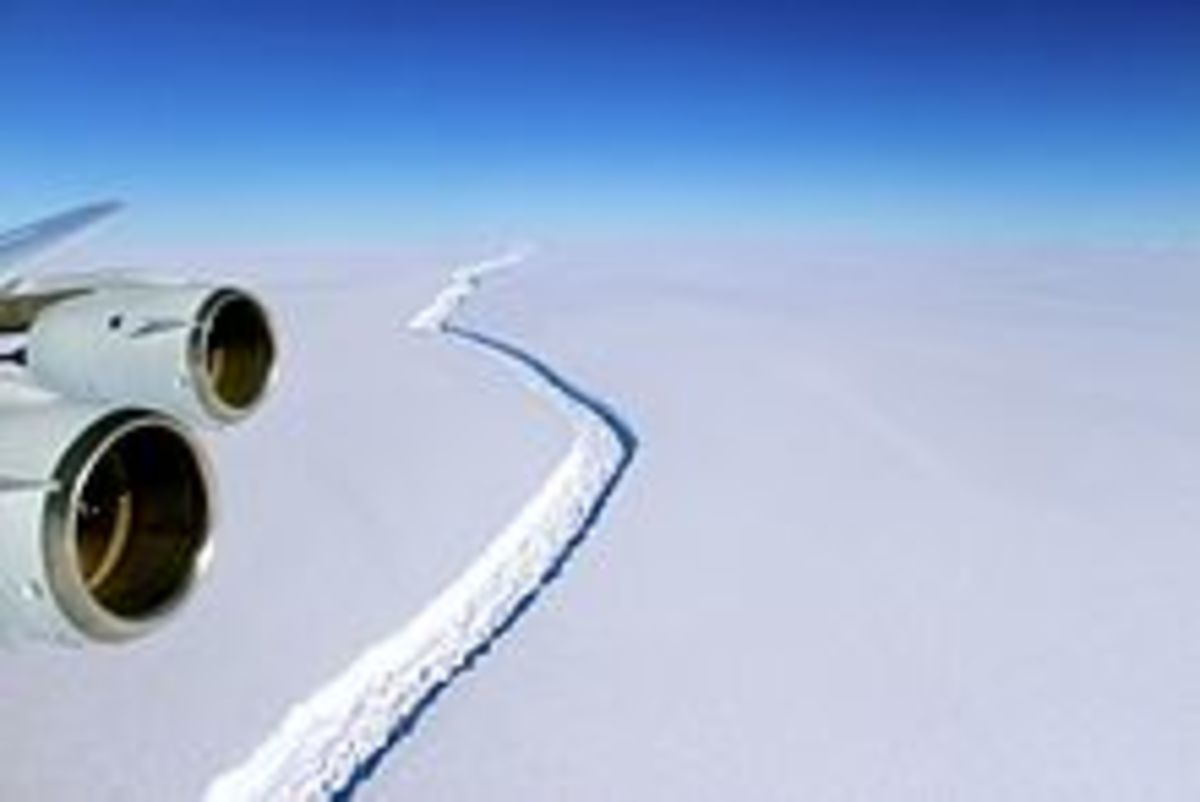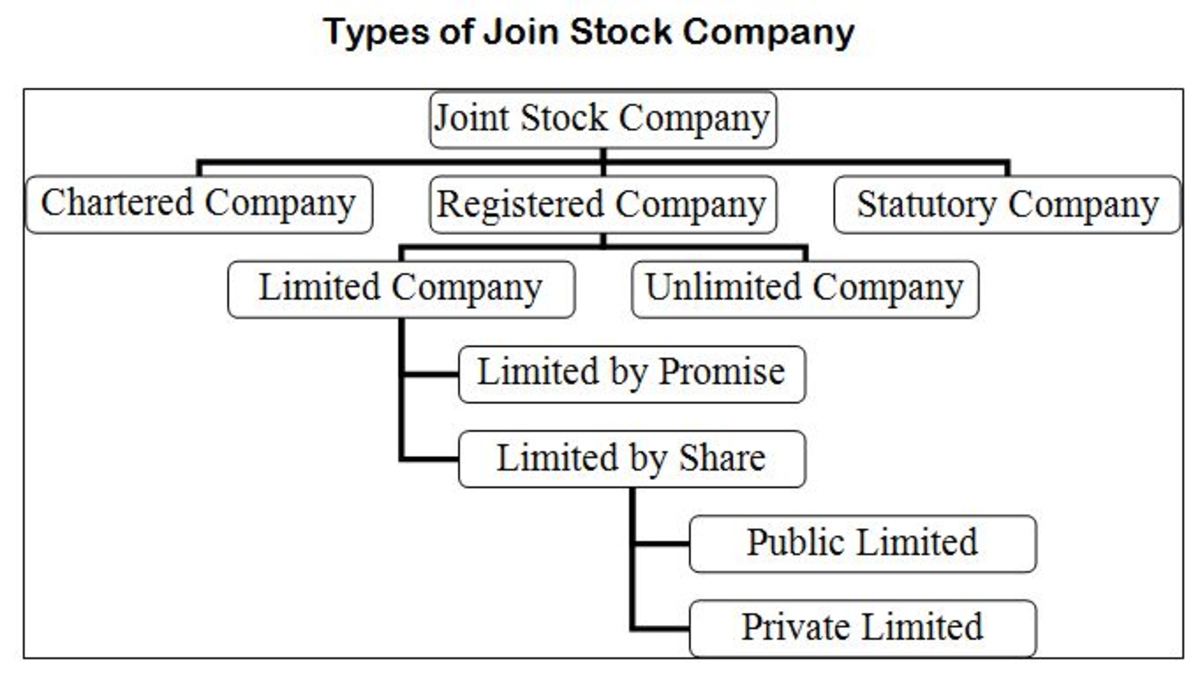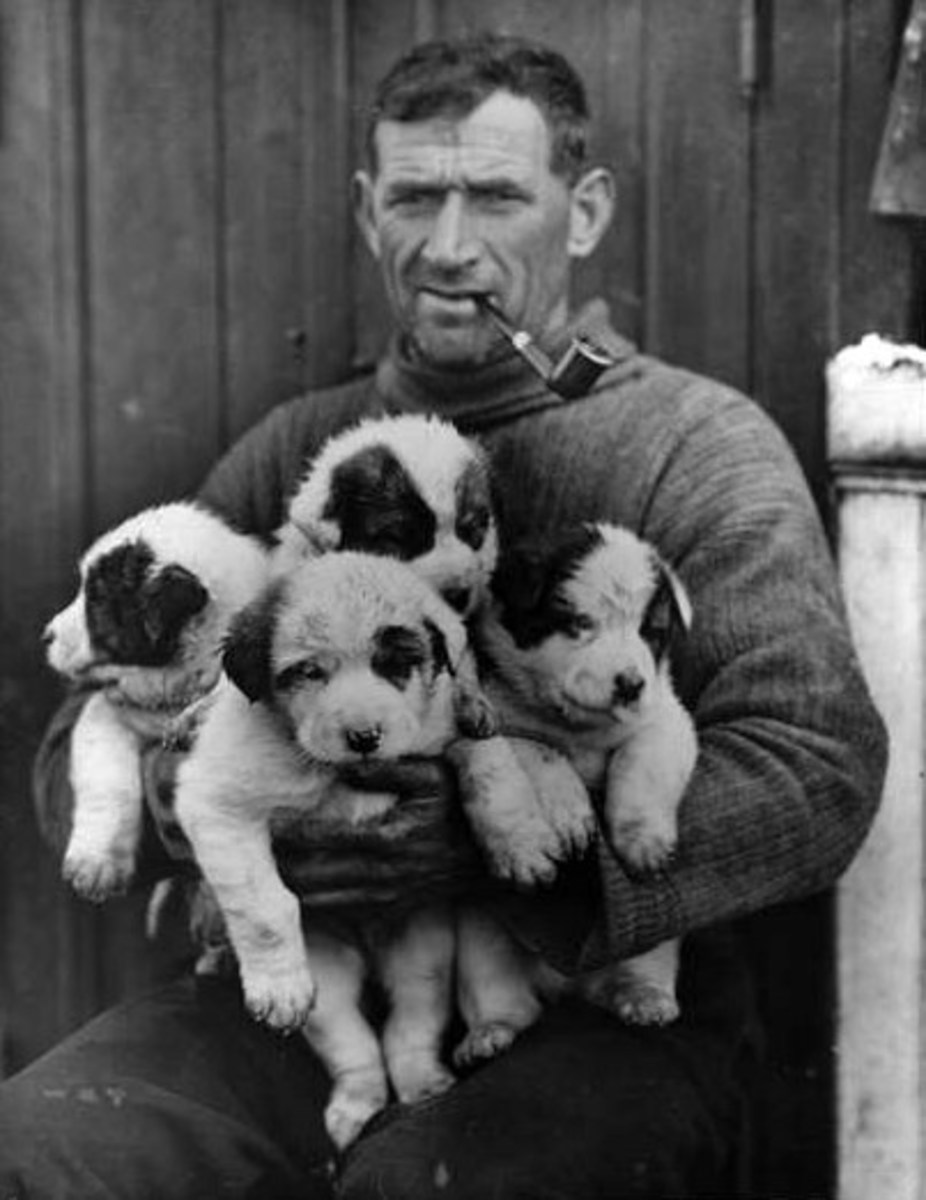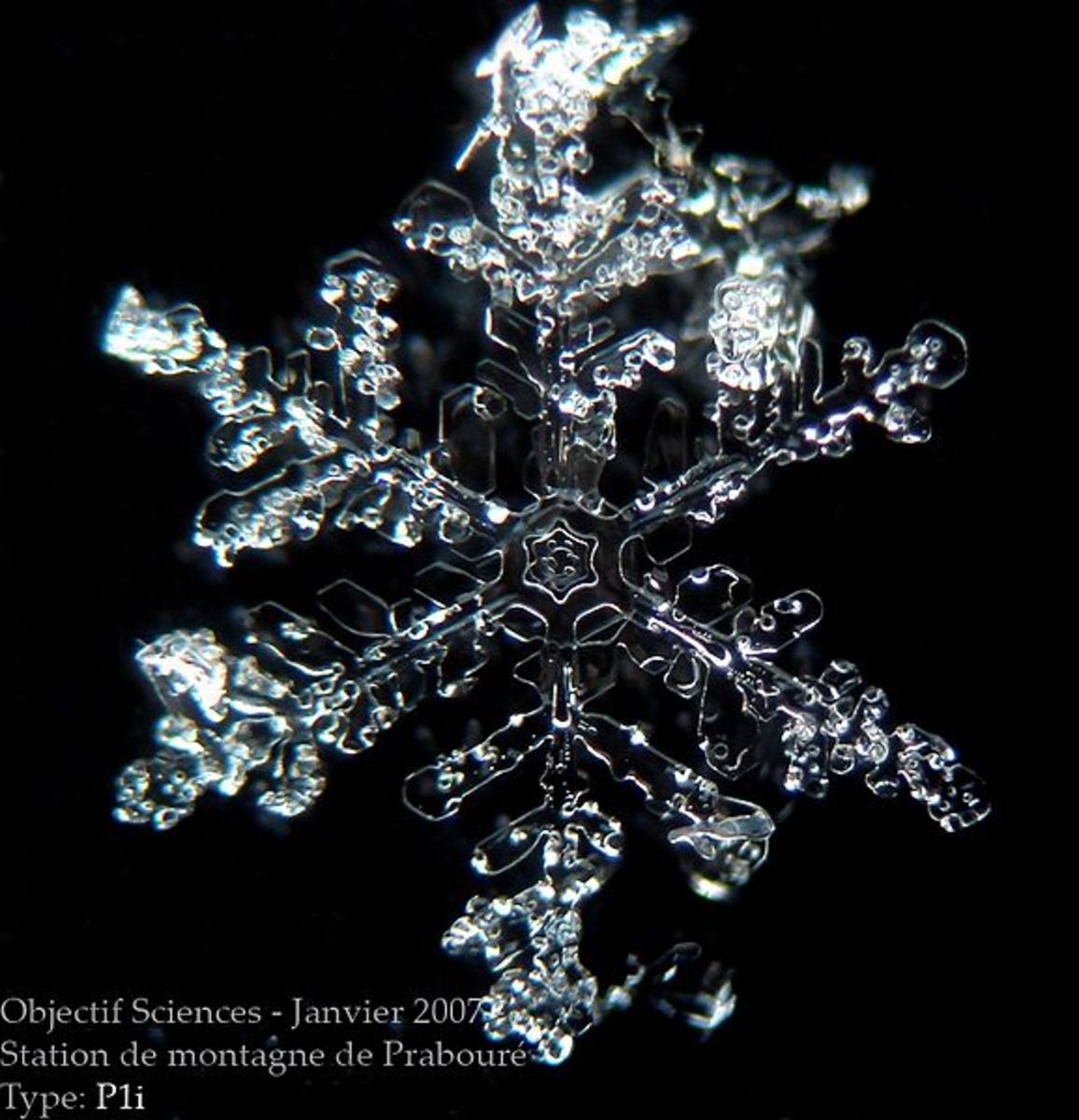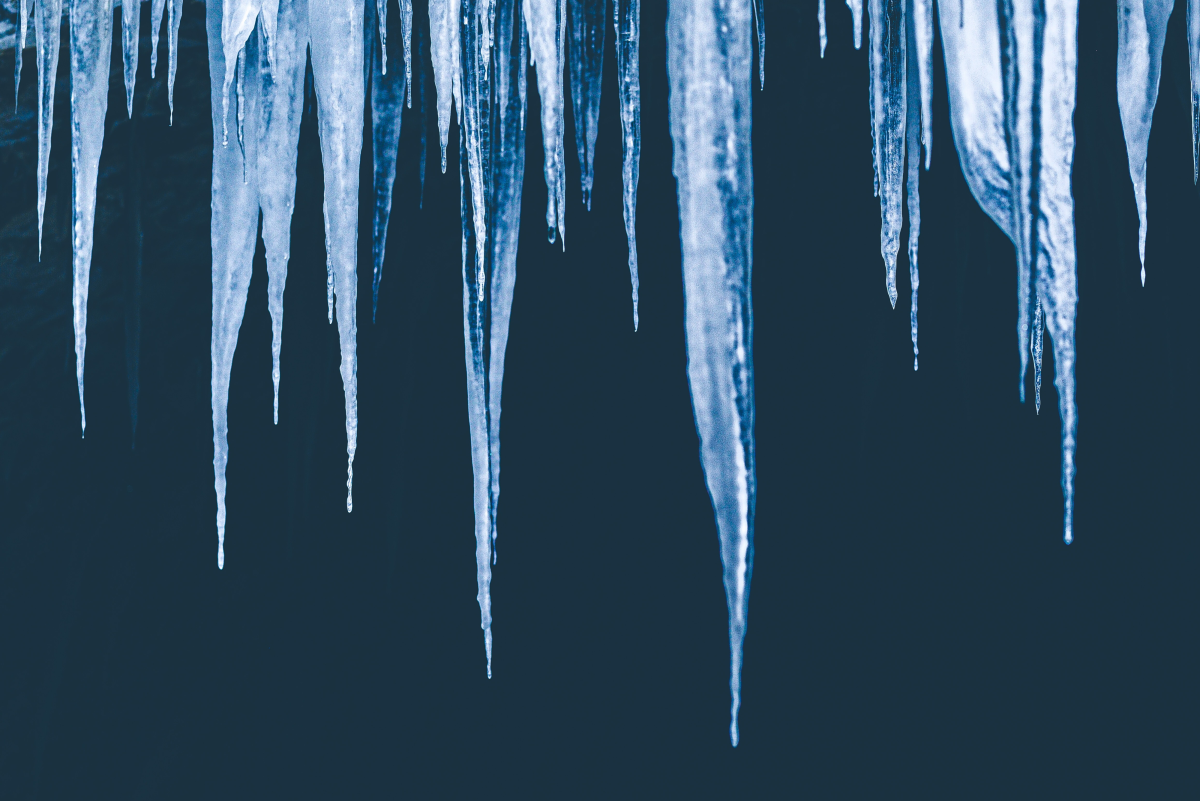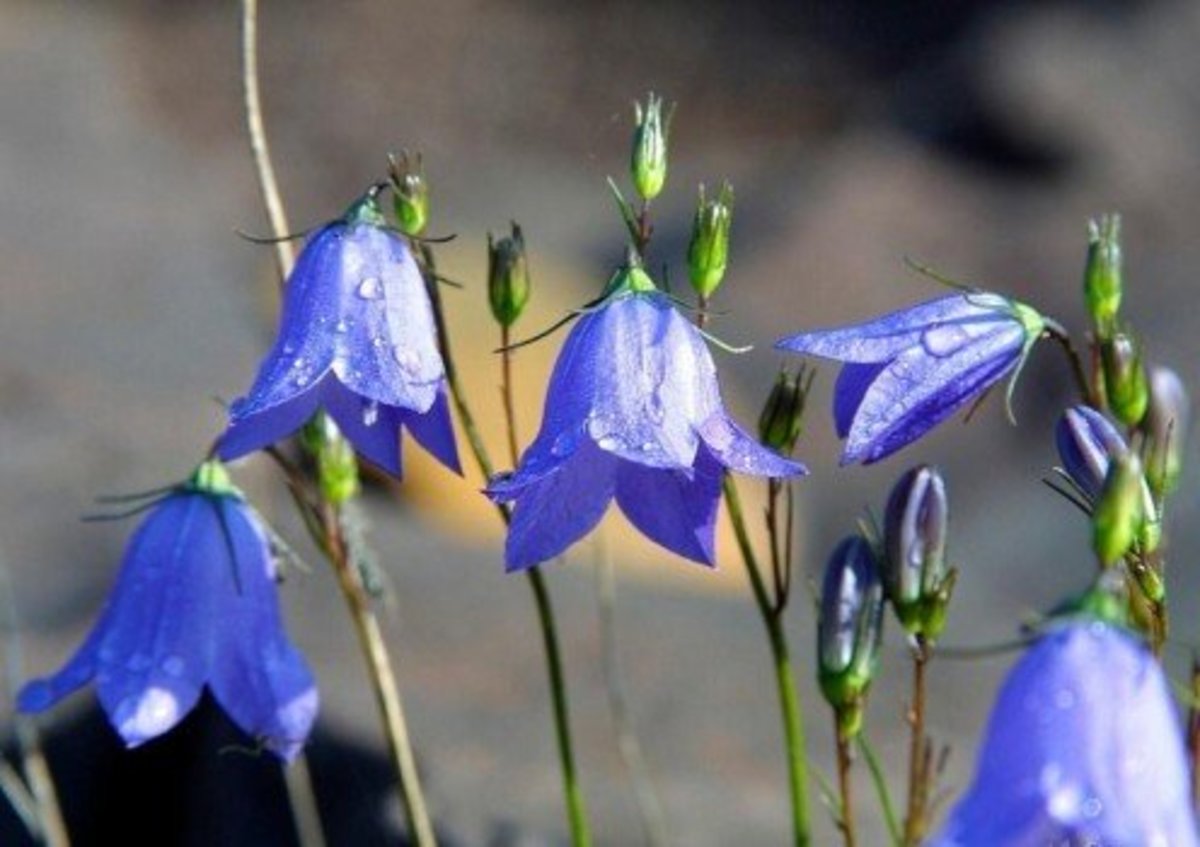Types Of Glaciers
Flowing massive pieces of ice, glaciers have been present throughout history. Although some have deteriorated over the years due to global warming, they are in essence a part of the creation of our world. From before the time of dinosaurs, some glaciers have survived billions of years whilst others have left their marks in different ways.
These are made of snowfall and cold temperatures however, they are rumoured to start their formation in the oceans with large chunks of ice melting together on their sides to form a large glacier. These spectacular glaciers cover around one tenth of the Earth’s surface.
The regions they are most prominent are; Canada, Alaska, Greenland, Netherlands, Antarctica, some parts of Pakistan, America, Arctic and of course Russia.
These powerful inanimate objects may simply float around, however, they are indeed the same majestic objects that changed the face of the Earth during the Ice Age and these objects are our main key to the past, present and maybe future too.
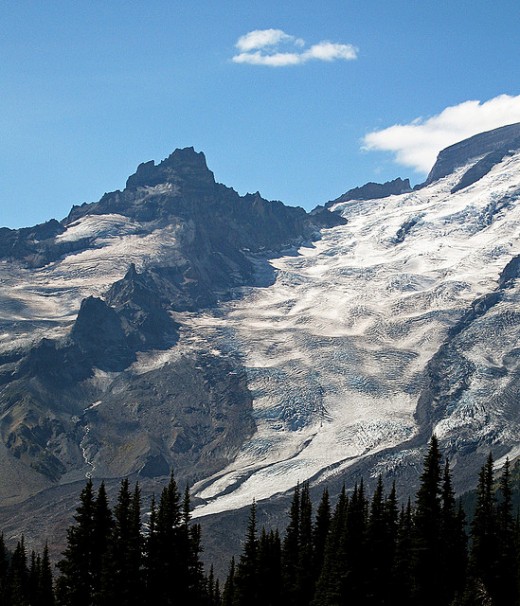
Formation Of Glaciers
So how exactly are these glaciers formed? Well, quite simply put, their formation occurs in areas where the air temperature never raises enough to melt snow.
After a snowfall, most of the melted snow washes away, however, some of it refreezes turning into little ice granules known as firn or névé.
Layers upon layers of ice granules or rather firn overlap one another and the pressure and weight of the relatively newer snow crystallises the bottom layer forming a solid ice layer.
Over years the constant new snow accumulates forming a massive stone of ice and therefore, making it impossible to stay still. This moving stone or rock of ice is called a glacier.
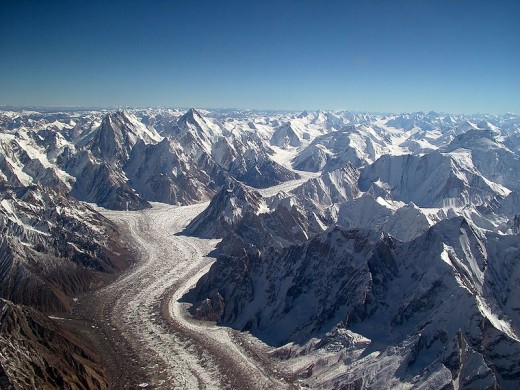
Types of Glaciers
Ice Glaciers and Mountain Glaciers
Better known as Alpine Glaciers, these exist at high elevations, and/or mountainous peak.
They are found in several locations; from the mountains of Himalayas, to the Alaskan ranges, the Andes ranges, the Alps of Southern New Zealand, the Swiss Alps and North American Mountains.
Their heights are generally 100 km or less, however, even their length can fully extend to 100 km.
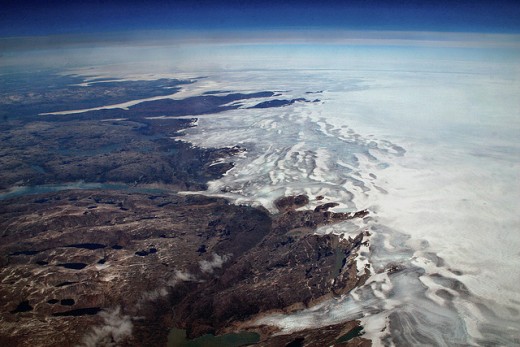
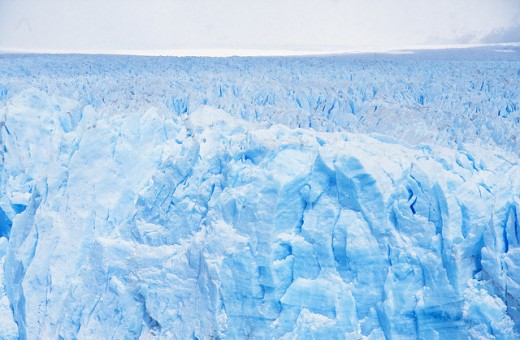
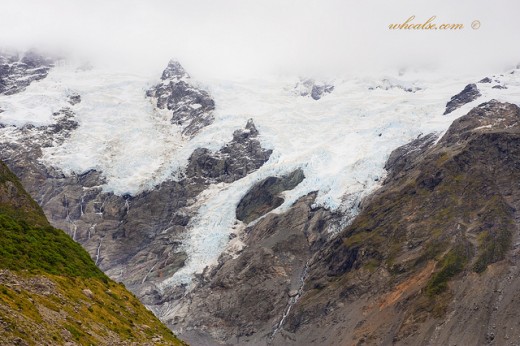
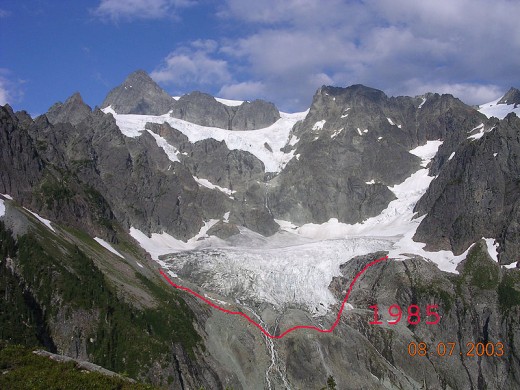
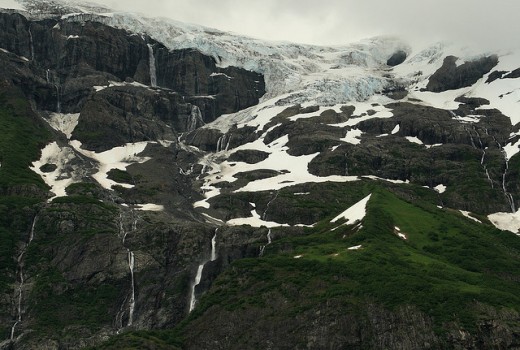
Ice Caps
Miniature ice sheets that cover less than 50,000 square kilometres. These are usually found in Iceland, Greenland and Antarctica. They form small valley on their respective mountainsides. They do not generally move out of their basin like territory.
Ice Sheets
Usually found in Antarctica and Greenland, these are enormous sheets of glacier ice. They are also known as continental glaciers that cover a large proportion of the Earth’s crust.
Valley Glaciers
They form in the pre-existing drainage valleys that move between large peaks.
Cirque Glaciers
They are circular in shape, sharp and rough ice in comparison to the other glaciers these are found at the flank of a mountain.
Piedmont Glaciers
Better known as lake ice glaciers, these are softly and gently moulding the shape it is made in. usually found in Greenland, Alaska and Himalayan Mountain ranges.
They are formed when a valley glacier settles at a plain at the bottom
of the mountain. Thus, resulting in crystallization and other processes.
Facts About Glacier
- Glacier
A glacier is a mass of ice that forms usually in mountainous areas where more snow accumulates in winter than melts during the summer.
Facts About Antarctica
- Antarctica
The word Antarctica is taken from the Greek word 'Antarktik' which means opposite to the North. Antarctica is the only continent in the world which doesn't have permanent residents but scientists visit there for research.
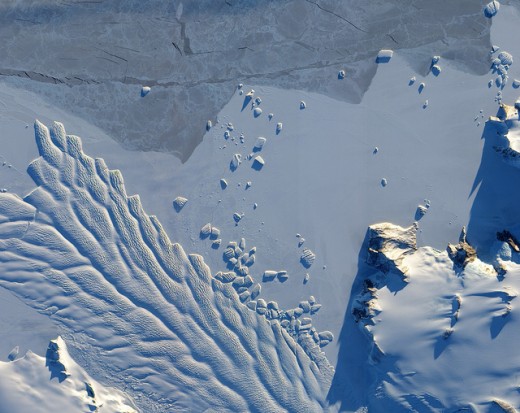
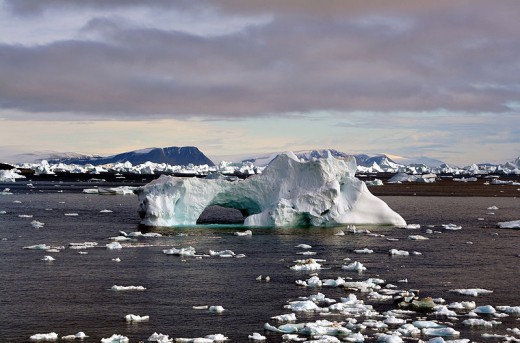
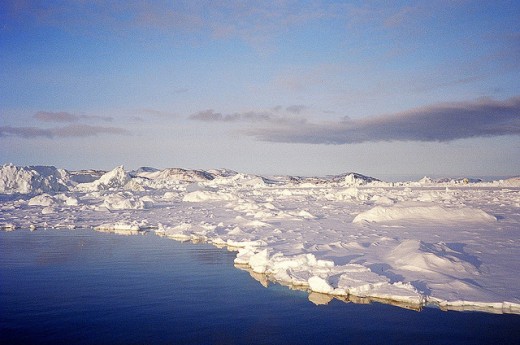
Famous Skiing Mountains and Mountains Resorts
- Top Mountain Resorts In The World
A Mountain resort destination can be one of the best vacation destination one can choose to enjoy a trip of a life time. Specially if you love snow and skiing, then winter is a good time to hit any of these mountains resorts. - Famous Skiing Mountains
When ever a skier thinks of getting a ski holiday booked for himself its the time and indication that winters are here. Skiers are winter lovers who get them involved in one of the most thrilling sports that professionals and amateurs can enjoy. - Famous Mountain Resorts
Visiting any Famous Mountain Resorts of the World is an exclusive experience on ones life. Especially for those who are real risk taker and thriller, really want to do something exciting and thrilling, these mountains resorts will offer you that.
Ocean Glaciers
Ice Tongues
They are areas from where the valley glaciers flow into the ocean. In shallow water, the glacier will remain with the base of the sea, however in deep water it will become a floating glacier.
Icebergs
They are large blocks of ice that have disintegrated from the floating glaciers.
Sea Ice
It is formed where the surface of the ocean freezes, some of it may float as the Arctic Ocean Sea Ice.
Yes, these glaciers have been an integral part of what man has come from, where it is now and where it should head.
The melting of these glaciers is a warning of the impending doom that is presented by global warming.
Thus, in essence these glaciers have been magnificent. Not simply because of what they have revealed to us, but also due to how they became what they are.
An integral moment in history, beautiful, intoxicating and rather good for the imaginative eye these glaciers have not just been a significance of excitement but also melancholy in several ship accidents due to a collision with one of these floating glaciers.
Perhaps, the most remembered one would always remain to be the one that destroyed the Titanic Ship; however, they remind us how they have repeatedly affected many people’s lives.
Famous Mountains Having Famous Glaciers
- Mount Kilimanjaro
If you talk about mountain climbing, than the first thing that comes to a mind is the Himalayas. But for amateurs Kilimanjaro is a heaven. - 10 Famous Mountains In Europe
Mountains are beautiful creation of nature. Most of the highest mountains are situated in the famous and mighty Himalayan range. - Famous Mountains
Nature is full of beauty, there are countless things around the world which remind us about the beauty of the world we live in.

